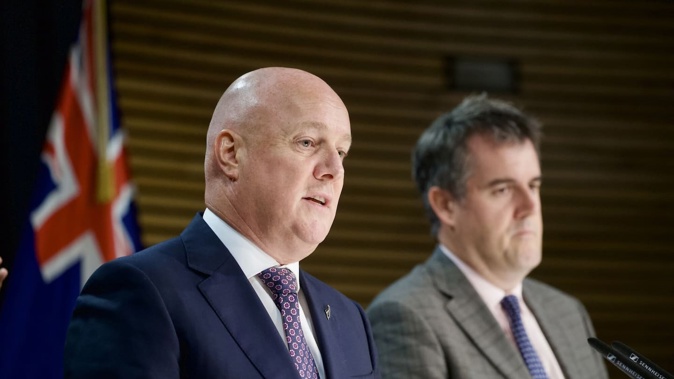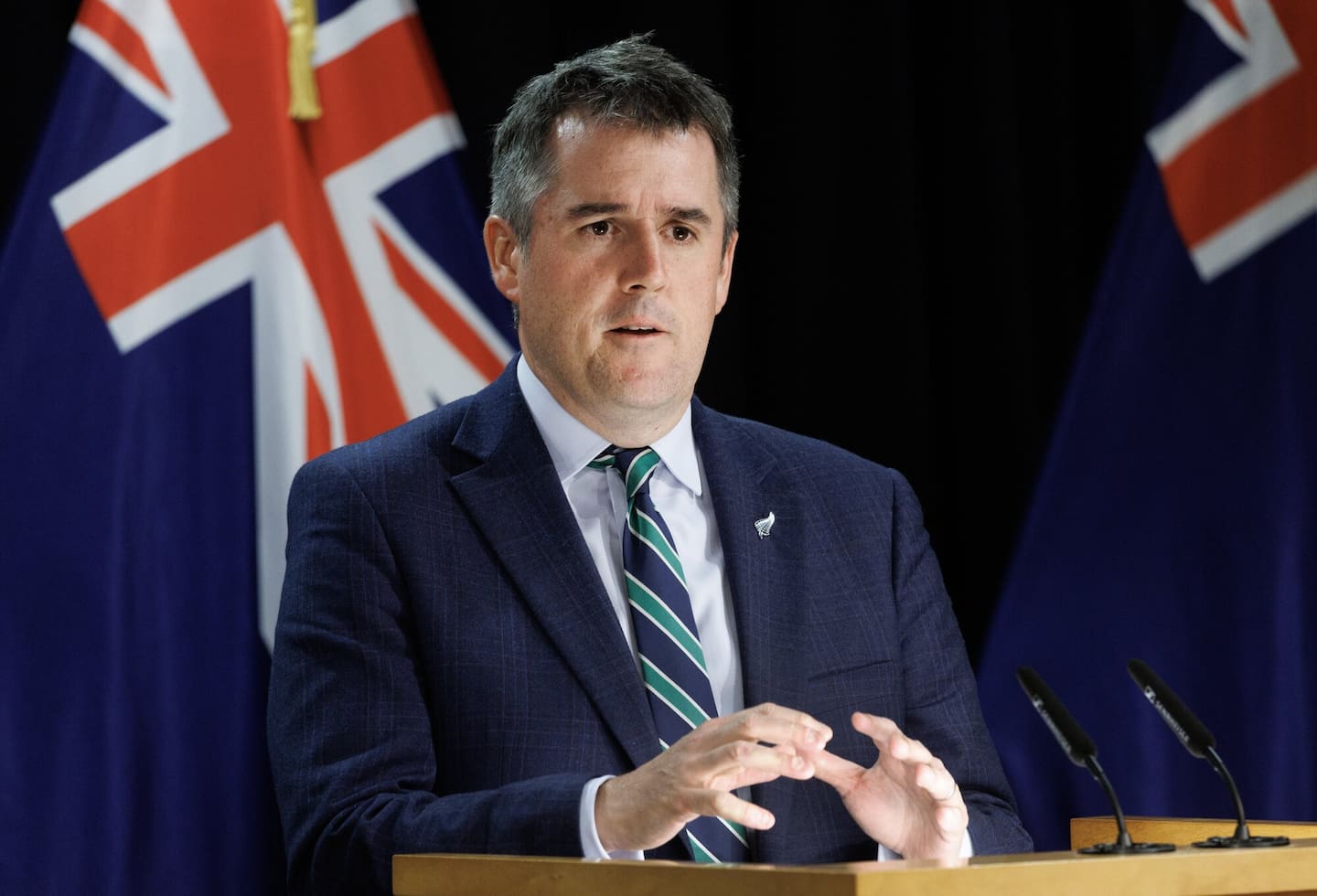
The Government has unveiled a raft of changes to the country’s Road User Charges system in preparation for 3.5 million vehicles moving to the charges.
As has previously been signalled, the current Fuel Excise Duty is expected to be abolished in the coming years, with all vehicles moving to Road User Charges (RUCs).
These are currently paid by owners of diesel, electric and heavy vehicles.
Last year, the Government said the transition away from the so-called petrol tax could happen as soon as 2027.
Transport Minister Chris Bishop said today that no date had been set, in order to make sure the changes aren’t rushed.
Bishop, who also spoke at the Building Nations infrastructure conference in Wellington today, outlined proposed legislative changes to modernise the system. They include:
- Removing the requirement to carry or display RUC licences, allowing for digital records instead.
- Enabling the use of a broader range of electronic RUC devices, including those already built into many modern vehicles.
- Supporting flexible payment models such as post-pay and monthly billing.
- Separating NZ Transport Agency Waka Kotahi’s (NZTA) roles as both RUC regulator and retailer to foster fairer competition.
- Allowing bundling of other road charges like tolls and time of used based pricing into a single, easy payment.
Bishop said the intent is to make paying for RUCs “user-friendly” and similar to paying a power bill online or a Netflix subscription.
Currently, the system is mostly paper-based and drivers have to monitor their odometers to check what distance they have driven. It also requires owners to buy RUCs in 1000km chunks.
“We’re not going to shift millions of drivers from a simple system at the pump to queues at retailers. So instead of expanding a clunky government system, we will reform the rules to allow the market to deliver innovative, user-friendly services for drivers.
“A handful of e-RUC companies already do this for about half of our heavy vehicle fleet and there are several companies, both domestic and international, with innovative technology that could make complying with RUC cheaper and easier.”
 Transport Minister Chris Bishop has outlined the changes being made to the system. Photo / Mark Mitchell
Transport Minister Chris Bishop has outlined the changes being made to the system. Photo / Mark Mitchell
He said the abolition of Fuel Excise Duty, or petrol tax, and the move to all vehicles paying RUCs based on distance and weight “is the biggest change to how we fund our roading network in 50 years”.
“Right now, New Zealanders pay Fuel Excise Duty [FED] of about 70c per litre of petrol every time they fill up at the pump with a petrol car. Diesel, electric, and heavy vehicles pay Road User Charges based on distance travelled.
“This revenue is funnelled into the National Land Transport Fund, which funds the building of new roads and maintaining our existing ones.”
He said the move to all vehicles paying RUCs comes as the relationship between petrol consumption and road usage is “fast breaking down”.
“For example, petrol vehicles with better fuel economy contribute less FED per kilometre towards road maintenance, operations, and improvements,” Bishop said.
“We are also seeing a fast uptake of fuel-efficient petrol hybrid vehicles. In 2015, there were 12,000 on our roads, while today there are over 350,000.
“As our vehicle fleet changes, so too must the way we fund our roads. It isn’t fair to have Kiwis who drive less and who can’t afford a fuel-efficient car paying more than people who can afford one and drive more often.”
The legislation is expected to pass in 2026 which will then be followed by an updated Code of Practice for RUCs providers.
“We will also engage with the market in 2026 to assess technological solutions and delivery timelines. In parallel, NZTA and police will upgrade their systems to support enforcement in a digital environment,” Bishop said.
“By 2027, the RUC system will be ‘open for business’, with third-party providers able to offer innovative payment services and a consistent approval process in place.
“At this stage, no date has been set for the full transition of the light vehicle fleet. That’s a deliberate choice, as we’re focused on getting the system right rather than rushing its rollout.”
 Infrastructure New Zealand head Nick Leggett is welcoming the move. Photo / Mark Mitchell
Infrastructure New Zealand head Nick Leggett is welcoming the move. Photo / Mark Mitchell
Nick Leggett, the Infrastructure New Zealand chief executive, said user-charging is a “fair, proven way to fund infrastructure”.
“E-RUC will make it easier to apply that principle consistently across all vehicles, whether petrol, diesel, electric or hybrid, and as our transport system evolves,” he said.
“As we move to new vehicle technologies, we can’t afford to let the funding base erode. E-RUC gives us the tools to fairly and more efficiently charge all vehicle users based on how much they use the network, regardless of what fuel is powering their vehicle.”
He said it was important every dollar collected through RUC was retained for the National Land Transport Fund.
Infrastructure NZ is also welcoming the Government looking at flexible payment methods and the integration of E-RUC with other transport charges, like tolling.
“It’s vital to create a system that is easy for customers to use. Making compliance simple and uncomplicated will ensure the system is effective, fair, and widely supported.”
It was National Party election policy to move away from FED to RUC. The party’s then-transport spokesman Simeon Brown said it would be a “fairer way” to charge for the distance people drive rather than the amount of fuel they use.
The National-Act coalition document committed to work to “replace fuel excise taxes with electronic road user charging for all vehicles, starting with electric vehicles”.
Jamie Ensor is a political reporter in the NZ Herald press gallery team based at Parliament. He was previously a TV reporter and digital producer in the Newshub press gallery office. In 2025, he was a finalist for Political Journalist of the Year at the Voyager Media Awards.
Take your Radio, Podcasts and Music with you









